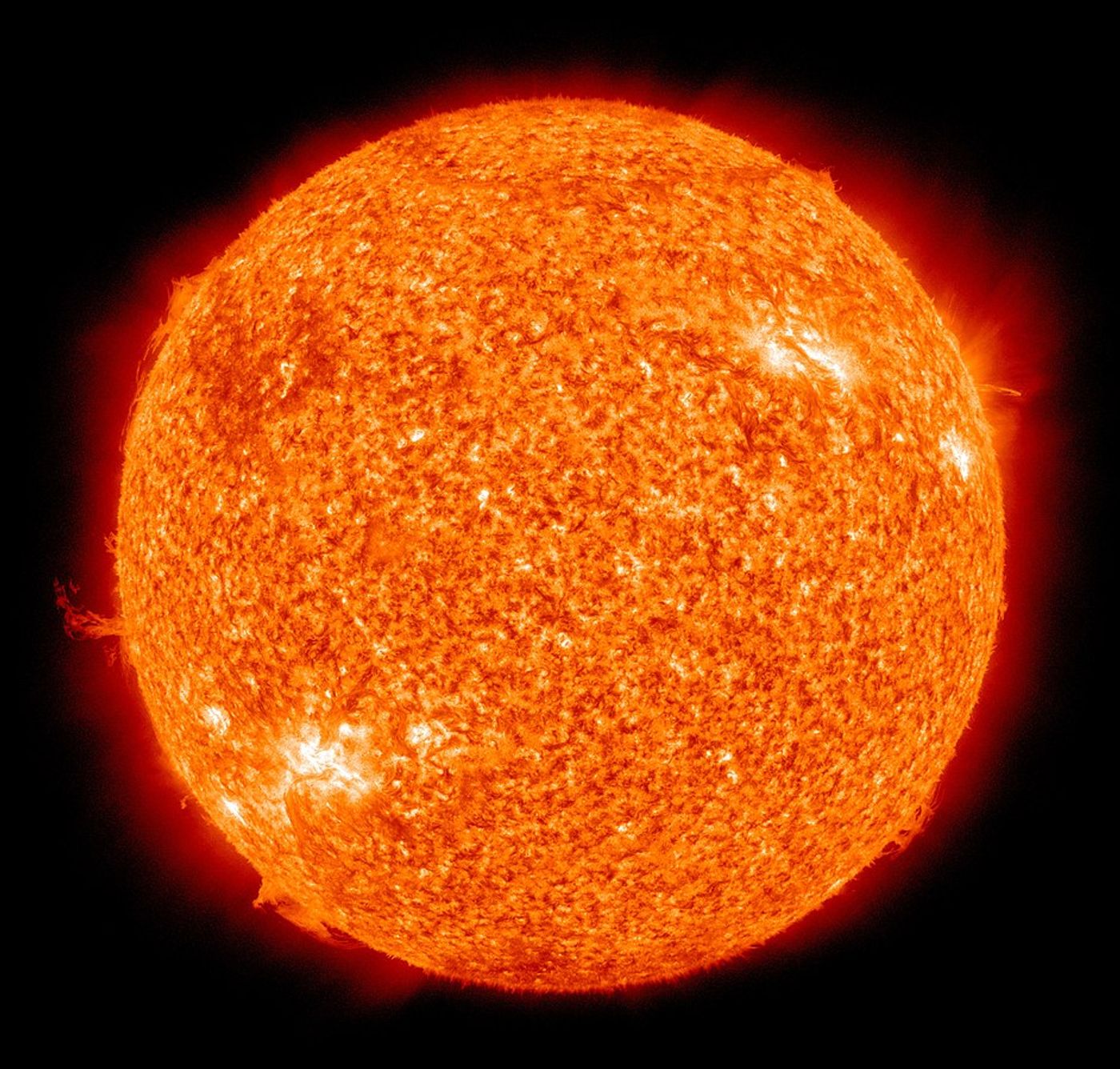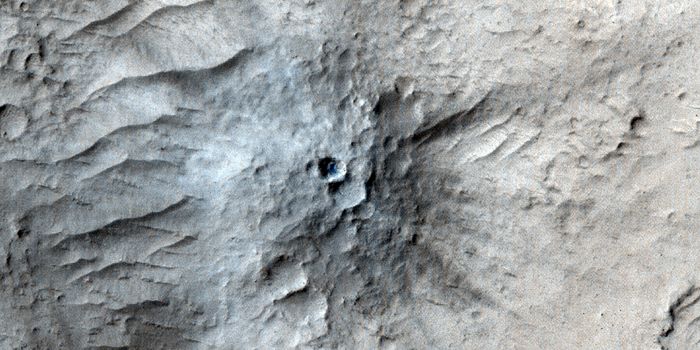Computer models reveal how planets are engulfed by expanding stars
While we’re all fascinated by supernovas and how awesome they look, our own Sun will not go supernova at the end of its lifetime. For our Sun to go supernova, it would need to be about 10 times larger. During a star’s lifetime, hydrogen fuses into helium plus an equilibrium between the inward force of gravity and outward pressure fuels our star and billions of other stars throughout the universe. When a star nears the end of its lifetime, it runs out of hydrogen and begins fusing heavier elements like oxygen and carbon and the gravity/pressure equilibrium is no longer maintained. Given our Sun’s size, it will not explode after it runs out of hydrogen to fuse but instead form a hydrogen shell that will expand outward while the immense gravity compresses its core into something much smaller called a white dwarf. This expanding hydrogen shell will literally engulf the planets within our solar system, to include the Earth. What’s not known is what happens to the planets as it’s being engulfed by a dying star?
A recent study submitted to the Astrophysical Journal using hydrodynamical (computational) simulations reveals the forces acting on a planet when it is swallowed by an expanding star. The results show that the interactions of a substellar body (a planet or brown dwarf) with the hot gas in the outer envelope of a sun-like star can lead to a range of outcomes depending on the size of the engulfed object and the stage of the star's evolution.
Lead author Ricardo Yarza at the University of California, Santa Cruz (UCSC), presented the new findings on June 13, 2022, at the 240th meeting of the American Astronomical Society (AAS) in Pasadena.
"Evolved stars can be hundreds or even thousands of times larger than their planets, and this disparity of scales makes it difficult to perform simulations that accurately model the physical processes occurring at each scale," said Yarza, a graduate student in astronomy and astrophysics at UCSC. "Instead, we simulate a small section of the star centered on the planet to understand the flow around the planet and measure the drag forces acting on it."
The results may help explain recent observations of planets and brown dwarfs closely orbiting stellar remnants such as white dwarfs and subdwarfs. Previous studies have suggested that these systems may be the end result of a planetary engulfment process that involves shrinking of the engulfed body's orbit and ejection of the outer layers of the star.
"As the planet travels inside the star, drag forces transfer energy from the planet to the star, and the stellar envelope can become unbound if the transferred energy exceeds its binding energy," Yarza explained.
The study also found that planetary engulfment can increase the luminosity of a sun-like star by several orders of magnitude for up to several thousand years, depending on the mass of the engulfed object and the evolutionary stage of the star.
The framework provided by this study can be incorporated into future work to explore the effect of engulfment on the structure of the star. "Our work can inform simulations of planetary engulfment at the scale of the star by providing an accurate reference picture of the physics at the scale of the planet," Yarza said.
A great variety of planetary systems have now been described by exoplanet search programs. As these systems evolve, a significant fraction are likely to undergo planetary engulfment. "We believe it is relatively common," Yarza said.
While imagining our Sun engulfing the Earth certainly sounds horrifying, our Sun isn’t scheduled to reach the end of its lifetime for another five billion years, so we have some time. What further discoveries will scientists reveal about our Sun? Only time will tell, and this is why we science!
As always, keep doing science & keep looking up!
Sources: Space.com, Astrophysical Journal










